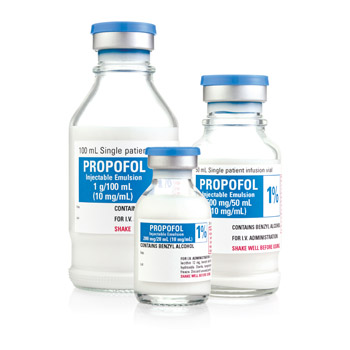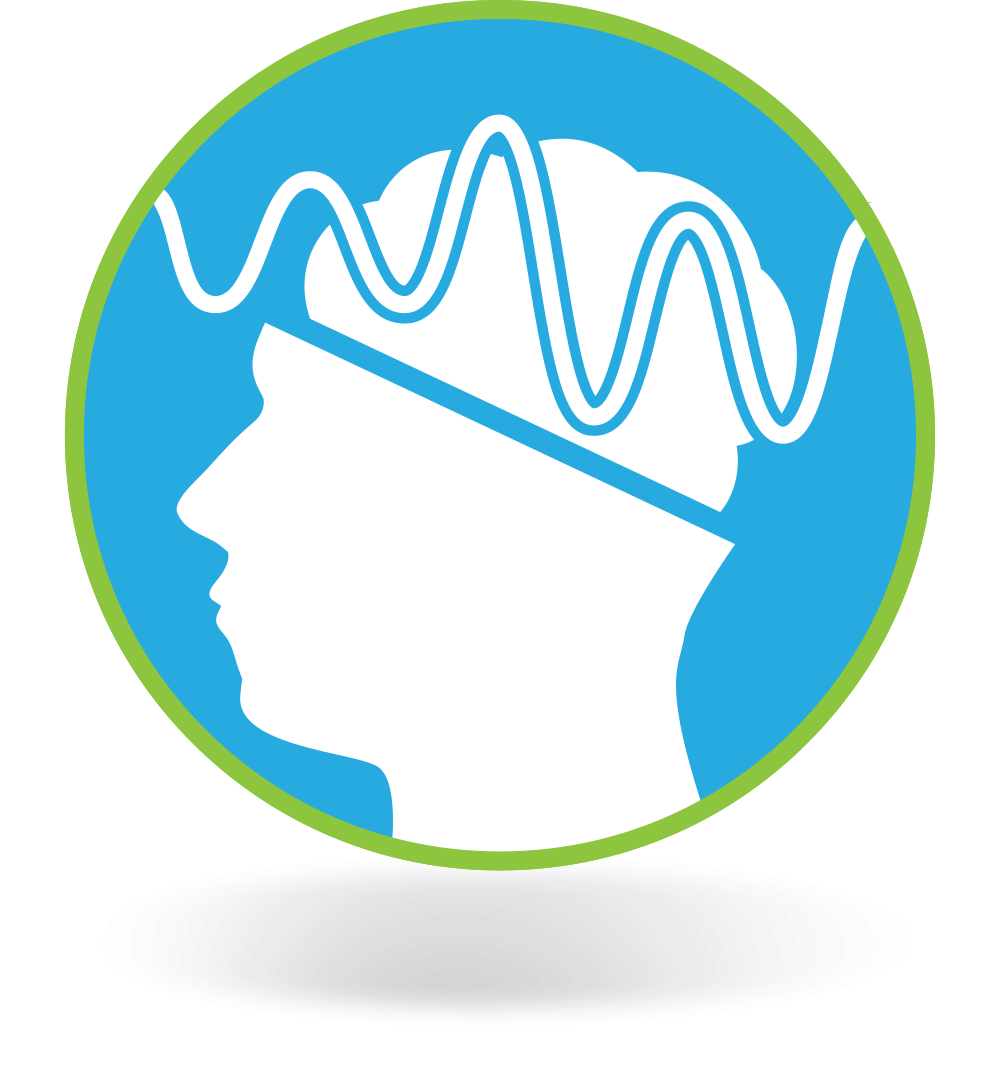About Dr. Friedberg
A native of southeastern Pennsylvania, Barry L. Friedberg, MD, came to Palo Alto, California in 1975 to complete his formal education with an anesthesia residency at Stanford University with department chief C. Philip Larson, Jr, MD.
Part of the anesthesia residency included time working with cardiac transplant surgical pioneer Norman Shumway, MD. Also while at Stanford, Dr. Friedberg met Thomas Fogarty, M.D., inventor of the Fogarty catheter. Dr. Friedberg was impressed by the device’s elegance of simplicity.
Following the successful completion of his residency and the requirements of the American Board of Anesthesiology, Dr. Friedberg became a Board Certified (or Diplomate) Anesthesiologist in April 1980.
Experience
Years of field experience to contributed to Dr. Friedberg’s research.
Dr. Friedberg started his medical career practicing the subspecialty of cardiac (open heart) anesthesia for 5 years at Hoag Memorial Hospital Presbyterian Hospital. During that time, he introduced the Swan Ganz catheter and cardiac output computer to the heart team. With Dr. Friedberg administering the anesthesia, for the first time in the program's history the heart surgeons were able to know the patient's cardiac output and peripheral resistance immediately when coming off the bypass pump. The results were groundbreaking for both surgeons and patient outcomes.
In the fall of 1986, Dr. Friedberg turned his professional attention to outpatient surgery. He practiced for 4 years at Hoag's James Irvine Surgicenter, then movedg from an institutional outpatient setting in 1991 to an office-based one, which was a natural evolution in his career.
An Early Adopter of Beneficial New Technology
In a profession often bound to tradition, Dr. Friedberg was a champion for new ideas scientifically proven to be beneficial to the patient.
Dinamap: Automating Blood Pressure Monitoring
Automatic Blood Pressure Device
In l979, before joining Hoag, Dr. Friedberg introduced their anesthesia staff to the Dinamap, an automated blood pressure device. Many Hoag anesthesiologists openly expressed skepticism and thought it was futuristic and superfluous. However, the machine quickly became a well-established and respected way of determining patients' blood pressure.
Pulse Oximetry: Measuring Oxygen in the Blood
When the Pulse Oximeter technology first became commercially available in 1983, Dr. Friedberg went to his hospital administrator to encourage the purchase of Pulse Oximetry units for every anesthetizing location. While he faced resistance, he persevered and ultimately the devices were installed. Not until 1990 did the American Society of Anesthesiologists (ASA) declare this safety monitor a standard of care.
Innovating for Patient Safety and Comfort
Disclaimer: Dr. Friedberg had no financial interest in Nellcor, the company that made the N-100 pulse oximeter.
Propofol Ketamine: Anesthesia with the Patient in Mind
Dr. Friedberg developed the Propofol Ketamine (PK) anesthesia in 1992. Derived from the mid 1970s diazepam (Valium®) ketamine anesthesia published by Vinnik in 1981 and further popularized by other plastic surgeons like Baker, Stuzin and Ersek, it was designed to maximize patient safety while imitating general anesthesia. The beauty of Dr. Friedberg’s PK anesthesia, patients do not hear, feel or remember their surgical experience.

Office-Based Anesthesia: Educating Colleagues to Best Assist Patients
Because of the unique challenges in the office-based setting, Dr. Friedberg recognized a need for educating his hospital based colleagues who might choose a path similar to his own. To that end, he founded the Society for Office Anesthesiologists (SOFA) in 1996 and merged in 1998 with the Society for Office Based Anesthesia (SOBA), another non-profit, international society dedicated to improving patient safety through education.
Disclaimer: Dr. Friedberg has no financial interest in any of the makers of brain monitors.
Pioneering Brain Monitoring: Among the First to Recognize Powerful Benefits
In 1997, Dr. Friedberg became the first anesthesiologist in Orange County, CA, to begin routinely monitoring his patients with a brain activity monitor. This added a significant refinement to PK anesthesia. Many anesthesiologists expressed skepticism about brain activity monitoring similar to what they had expressed nearly 20 years earlier about the Dinamap blood pressure monitor.
Despite resistance on many fronts, Dr. Friedberg has worked tirelessly to create and expand awareness of the brain monitor and his PK anesthesia, to make the surgical experience for patients easier and safer.
Setting the new Standard
More and more enlightened anesthesiologists in the United States, Canada, England, Ireland, Japan, Australia, and a growing list of other countries have enthusiastically incorporated PK anesthesia into their practices, much to the delight of their patients and surgeons.
When Olivia Goldsmith, author of 'The First Wives' Club' died in 2004, the need for a comprehensive textbook in the field of cosmetic surgery anesthesia became apparent. Dr. Friedberg's reputation and extensive publications in the field made him the first choice among the then 40,000 US anesthesiologists.
Cambridge University Press published Dr. Friedberg's 'Anesthesia in Cosmetic Surgery' in April 2007 in English, followed by the book's Portuguese translation for Brazil in June 2009. Brazil performs the most cosmetic surgery of any country in the world.
And, More Recently…
Dr. Friedberg is recognized as a medical expert in anesthesia by the California Medical Board and also by the legal profession. He has lent his expertise a number of peer-reviewed medical journals. Dr. Friedberg is also a contributor to the letters to the editor section in several anesthesia and surgery journals.
From 1998 through 2008, Dr. Friedberg was Assistant Professor of Anesthesia, volunteer faculty, at University of Southern California, and Associate Professor of Anesthesia at the University of California, Irvine, Volunteer Clinical Faculty in 2009.
He has lectured to anesthesiologists and surgeons in the United States, Canada, Mexico, the Dominican Republic, Israel and Venezuela. Dr. Friedberg's expertise for safer, simpler, cost-effective and better patient outcomes was shared at 2009 Grand Rounds for the anesthesia residents at the prestigious Cedars Sinai Hospital, the January 2010 Biennial Pan Pacific Plastic Surgeon's meeting in Honolulu, and the May 2010 Grand Rounds for the anesthesia residents at UCLA.
Citations of Dr. Friedberg's Work
Subsequent citations of Dr. Friedberg's PK anesthesia articles are noteworthy because half of all published journal articles are never referred to in later journal articles by other authors. However, Dr. Friedberg's articles have been subsequently cited in over 60 journal articles. His articles have also been cited in 20 textbooks including Barash 6th ed. Clinical Anesthesia and the 2010 encyclopedic Miller’s Anesthesia (7th ed).
Dr. Friedberg’s article “Minimally Invasive Anesthesia For Minimally Invasive Surgery” in Outpatient Surgery Magazine (Feb. 2004) was posted on the web site of the Karolinska Institute, the foremost medical center of Sweden.
Stay Informed
Dr. Friedberg frequently blogs to keep patients and medical professionals up to date on current developments in anesthesia. His thoughts and insights are fascinating and enlightening and well worth knowing for anyone who may be facing surgery—on either end of the scalpel.
March 15th, 2014 by gaf-admin
The public education message of the non-profit Goldilocks … https://plus.google.com/…/posts/K3uNzAZPbN6 Barry Friedberg Nov 11, 2013 – The public education message Read More
October 24th, 2010 by gaf-admin
http://thestar.com.my/health/story.asp?file=/2010/10/24/health/7204163&sec=health
